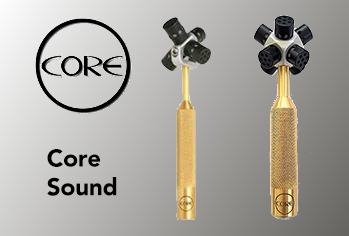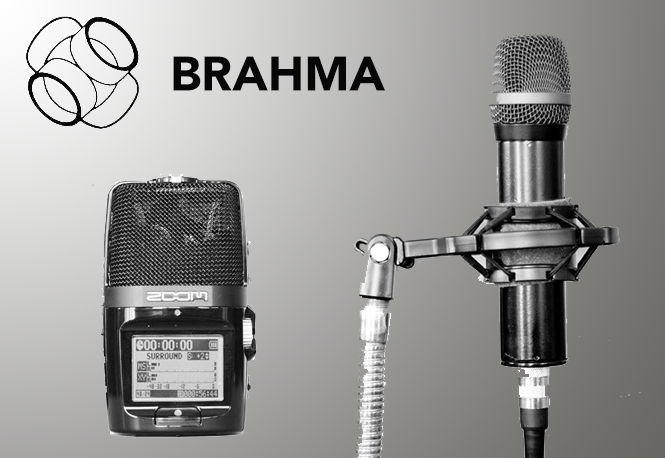VR
Ambisonics 3D audio is the perfect compliment for the 360 video of virtual reality. Depending on your target device, some require a 7.1 input encoded with the proper codec and others can take B-format directly.



Put these last two use cases together and you have a complete production workflow for VR. You can mix in spot mics or synthetic sources, just like the stereo and cinema cases. And if you have existing tracks in another surround format, it is often possible to convert these to B-format for inclusion in this workflow.
Producing 7.1 for VR
Some VR systems, for example Samsung’s GearVR, require sound to be delivered already decoded for one of a few standard speaker layouts. This becomes a standard surround workflow like any of those above. You should consider using a parametric decoder for layouts of 7.1 and beyond.
Producing B-format for VR
As VR advances and ambisonics becomes better known, some game development frameworks, like Unity, are starting to support B-format directly. The game engine can then combine this signal with its other forms of audio rendering, delaying the decode until runtime. While this may be an advanced ambisonics technique, it makes our workflow very simple since we don’t need a decoder at all.
Custom VR Player
If you are producing you own custom video player, you can use VVAudio's VVSDK to rotate the B-format and convert it to a headphone mix using binaural techniques. The signal flow looks like this, with the modules as C++ classes instead of plugins. The loop from head tracking back to binaural output must be fast enough to support the high frame rates of the best head mounted displays.
Put these last two use cases together and you have a complete production workflow for VR. You can mix in spot mics or synthetic sources, just like the stereo and cinema cases. And if you have existing tracks in another surround format, it is often possible to convert these to B-format for inclusion in this workflow.
Notes
- Templates for these use cases can be downloaded here
- VVEncode can be purchased here
- VVDecode will be available soon, VVMicVST can be used in VST hosts for now
- For information about VVSDK, contact us at info@vvaudio.com
- B-proc is available from York University


